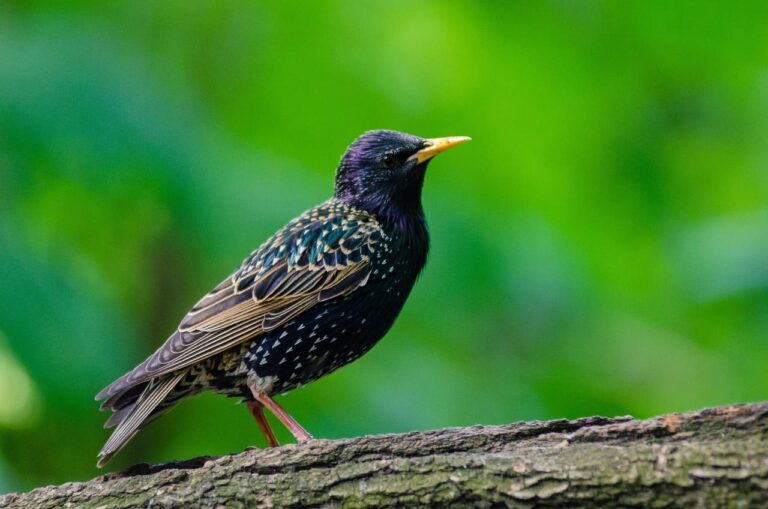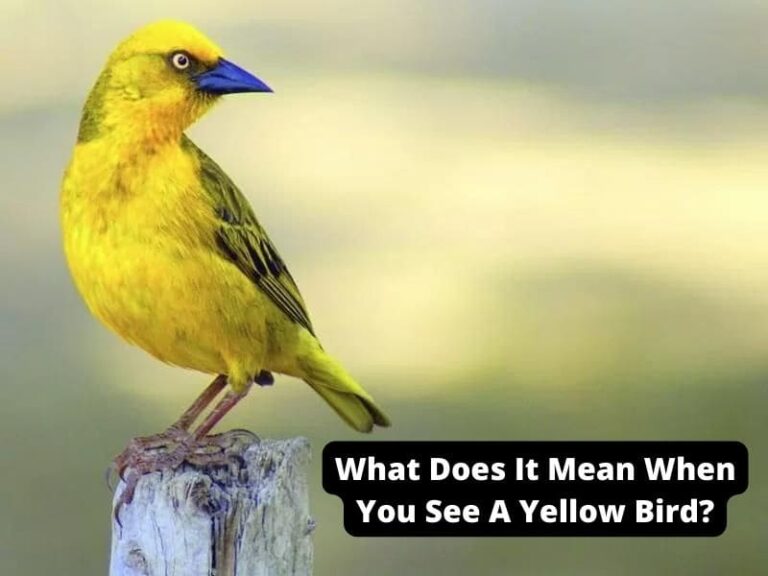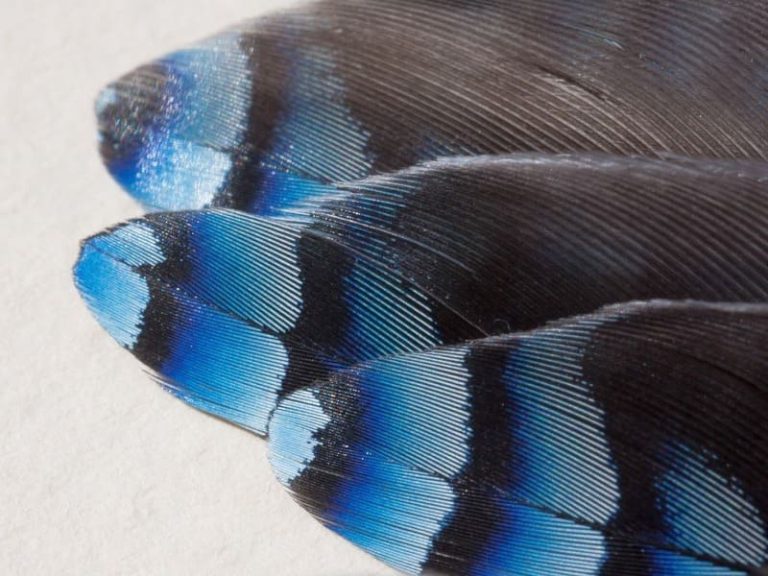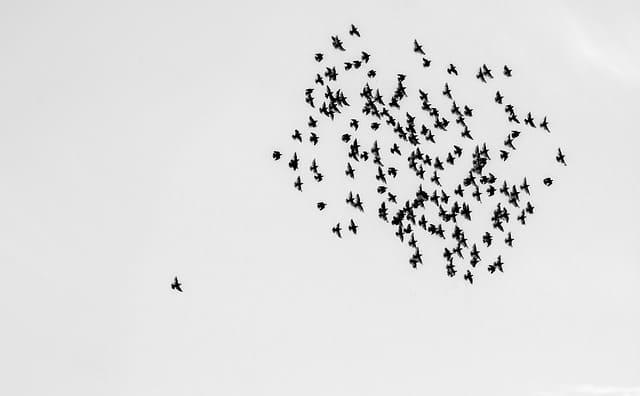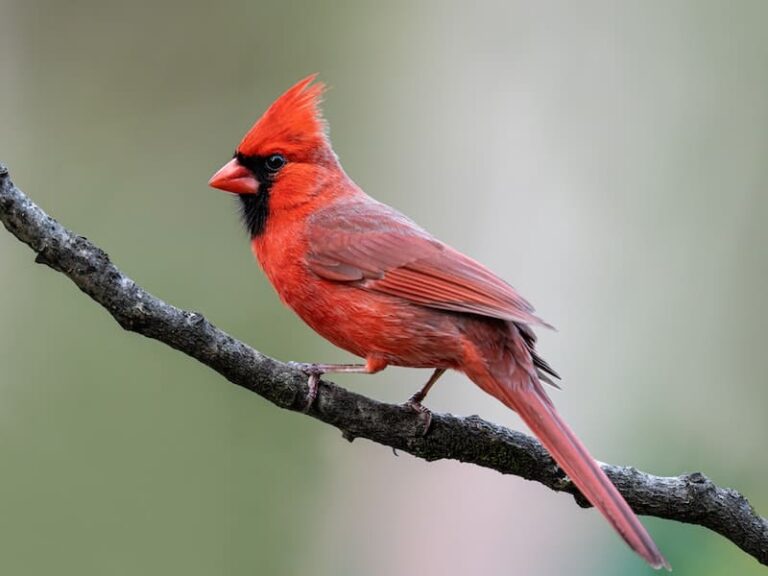What is the Mythology of Starlings? (Answered)
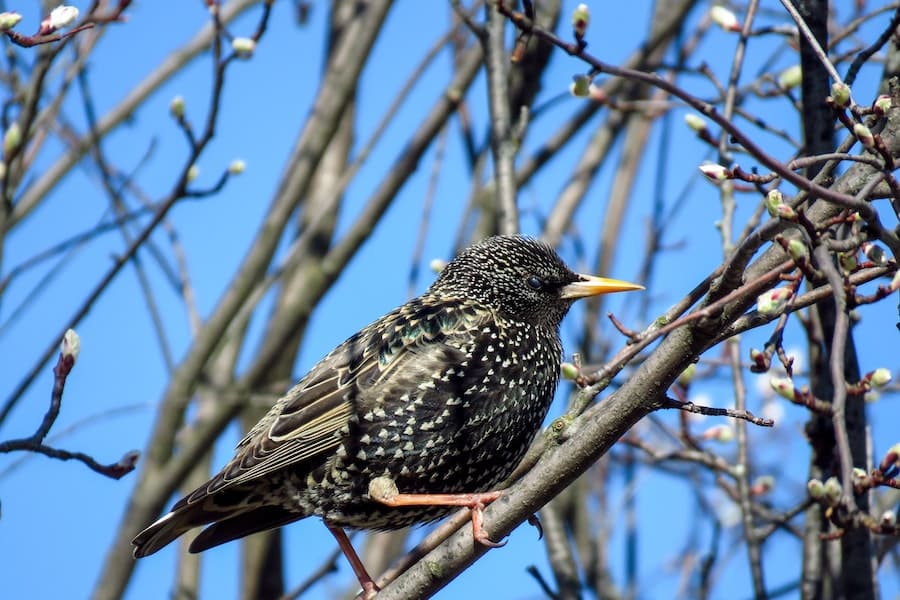
Starlings are small to medium-sized birds found in many parts of the world. They are known for their beautiful dark feathers and their ability to mimic the sounds of other birds and animals. But beyond their physical characteristics, starlings have also played a significant role in mythology and folklore throughout history.
The mythology of starlings can be traced back to ancient cultures, where they were often associated with gods and goddesses.
In ancient Rome, for example, religious leaders interpreted the shapes and movements of starling murmurations to determine whether the gods were pleased or displeased with certain actions. In Celtic mythology, starlings were thought to be messengers of the gods, bringing news and warnings to humans.
Throughout history, starlings have also been associated with a variety of superstitions and beliefs. In some cultures, it was believed that seeing a starling was a sign of good luck, while in others it was considered a bad omen.
In some parts of Europe, it was believed that starlings could predict the weather, while in others they were thought to be able to see into the future.
Contents
Key Takeaways
- Starlings have played a significant role in mythology and folklore throughout history.
- They have been associated with gods and goddesses, messengers of the gods, and a variety of superstitions and beliefs.
- Starlings have been believed to predict the weather, see into the future, and bring good or bad luck.
Origins of Starling Mythology
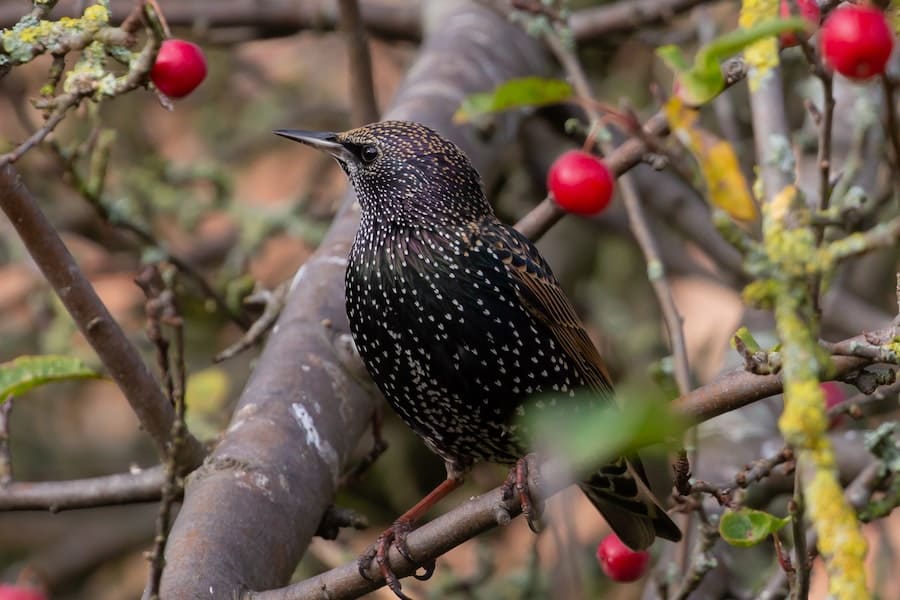
Starlings have been a part of human mythology and folklore for centuries. In ancient Rome, starlings were believed to have a special relationship with the gods. Priests would observe the movements of starlings to interpret the will of the gods.
The murmurations of starlings were seen as a divine message, with the birds’ movements indicating whether the gods were pleased or displeased.
In Celtic mythology, starlings were associated with the Otherworld, a mystical realm beyond our own. The birds were believed to carry messages between the worlds, and their appearance was seen as a sign of a portal between the two realms. In some stories, starlings were even said to be able to transform into other creatures, such as humans or horses.
Starlings also play a role in Native American mythology. In some tribes, the birds are seen as symbols of change and transformation.
They are associated with the element of air and are believed to bring messages from the spirit world. In other tribes, starlings are seen as tricksters, mischievous creatures who play pranks on humans.
Throughout history, starlings have been associated with a wide range of symbolic meanings. They have been seen as symbols of communication, intuition, community, freedom, and renewal. In many cultures, the birds are seen as a sign of good luck or a positive omen.
Overall, the mythology of starlings reflects the birds’ unique qualities and behaviors. Their ability to move in large flocks, their beautiful plumage, and their distinctive vocalizations have made them a fascinating and important part of human culture for centuries.
Starlings in Ancient Cultures
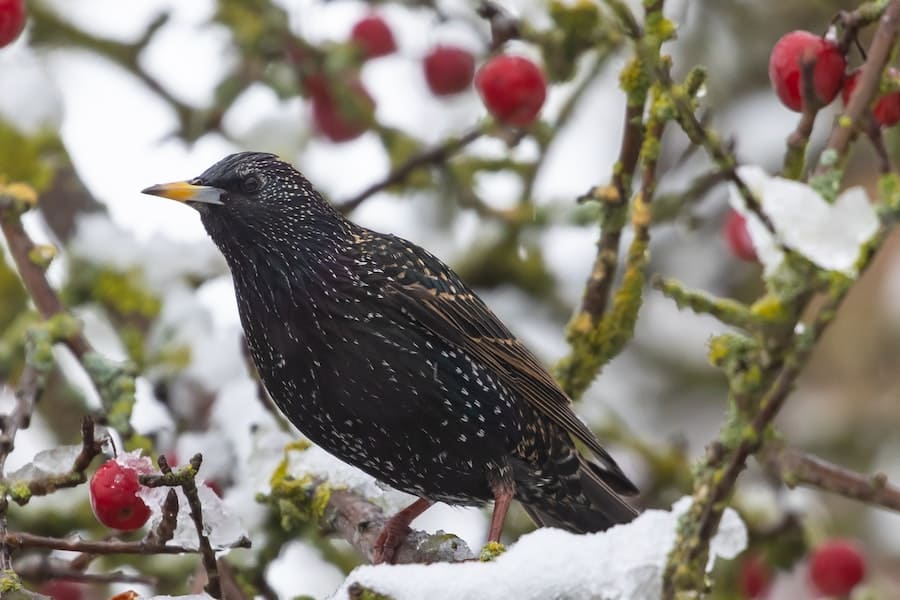
Starlings have been a part of many ancient cultures and their mythologies. Here are some examples:
Greek Mythology
In Greek mythology, a story is told about how the god Apollo turned his lover Coronis into a crow after she was unfaithful to him. However, when he realized that she was pregnant with his child, he regretted his decision and turned the crow’s feathers black. This story is often associated with starlings, as they were thought to be a type of crow.
Roman Mythology
In Roman mythology, starlings were believed to have been created by the goddess Venus. According to legend, Venus was walking through a forest when she saw a group of birds fighting over a beautiful flower. She decided to turn them into starlings so that they could all share the flower’s beauty equally.
Celtic Mythology
In Celtic mythology, starlings were seen as messengers from the otherworld. It was believed that they could communicate with the spirits of the dead and bring messages from them to the living. In some stories, they were also seen as protectors of the soul, guiding it safely to the afterlife.
Overall, starlings have played a significant role in many ancient cultures and their mythologies. From being messengers of the afterlife to symbols of love and beauty, these birds have captured the imaginations of people for centuries.
Starlings in Folklore and Superstitions
Starlings have been an integral part of many cultures and mythologies around the world. In this section, we will explore the different folklores and superstitions associated with starlings.
European Folklore
In European folklore, starlings were considered to be magical birds with the ability to predict the future. It was believed that if a starling flew into a house, it was an omen of good luck and prosperity.
Similarly, if a starling built its nest on a house, it was believed to bring good fortune to the family living there. In some cultures, it was also believed that if a starling was seen flying towards the sun, it was a sign of an impending storm.
In Greek mythology, the starling was associated with the goddess Aphrodite. It was believed that the goddess transformed herself into a starling to escape from the jealous gaze of her husband, Hephaestus.
American Folklore
In Native American folklore, starlings were considered to be sacred birds with spiritual significance. The Cherokee believed that the starling was a messenger of the gods and could bring important messages from the spirit world. Similarly, the Navajo believed that the starling was a symbol of hope and renewal.
In some parts of the United States, it was believed that if a starling flew into a house, it was a sign of an impending death. Similarly, if a starling built its nest on a house, it was believed to bring bad luck to the family living there.
Overall, starlings have played an important role in the folklore and superstitions of many cultures around the world. While some cultures consider them to be symbols of good luck and prosperity, others associate them with bad omens and impending doom.
Starlings in Literature and Arts
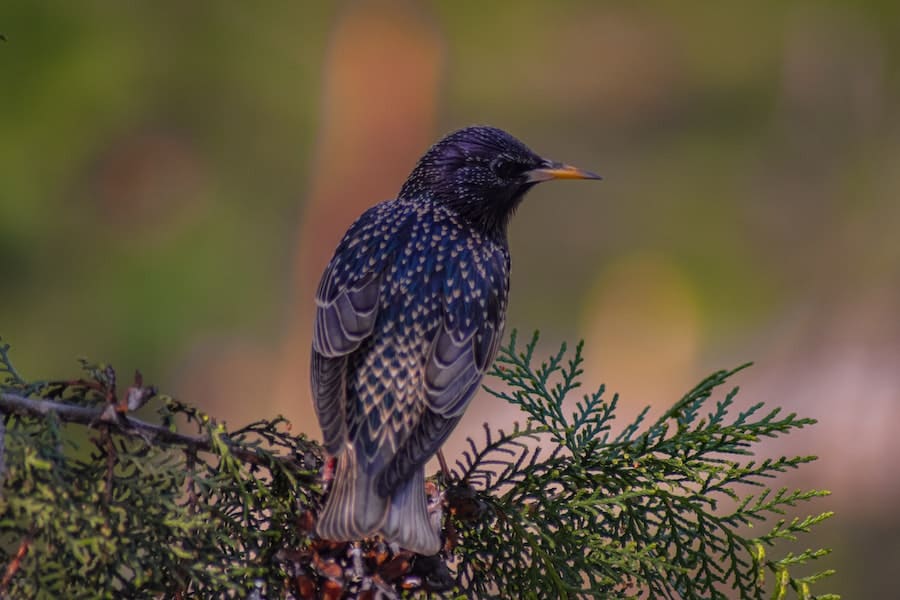
Starlings have been a popular subject in literature and arts for centuries. In this section, we will explore how starlings have been depicted in Shakespeare’s works and modern literature.
Shakespeare’s Works
Shakespeare was one of the first writers to mention starlings in his works. In fact, he is credited with introducing the European starling to North America. According to the National Audubon Society, Shakespeare mentioned the bird in his play Henry IV, Part I, and again in Henry IV, Part II. In these plays, starlings are depicted as birds that can mimic human speech.
In Henry IV, Part I, the character Hotspur compares the incessant chatter of his wife to the “chattering pye” and the “magot-pie” (two other names for the European starling).
In Henry IV, Part II, the character Falstaff says, “The starling in the cage chatters ‘Good-morrow’ to me.” These references suggest that Shakespeare was aware of the starling’s ability to mimic human speech.
Modern Literature
In modern literature, starlings are often used as symbols of freedom, community, and renewal. For example, in the novel The Starling Project by Jeffery Deaver, a group of starlings is used to symbolize the power of community. The novel tells the story of a group of people who come together to save a flock of starlings from extinction.
In another novel, The Starling Tree by Julia Clarke, a starling is used as a symbol of freedom. The novel tells the story of a young girl who befriends a starling and learns about the importance of freedom and individuality.
In addition to literature, starlings have also been depicted in art throughout history. For example, in the painting The Starling by Dutch artist Melchior d’Hondecoeter, a group of starlings is depicted in a naturalistic setting. The painting is notable for its detailed depiction of the birds and their surroundings.
Overall, starlings have played a significant role in literature and arts throughout history. Their ability to mimic human speech and their strong social bonds have made them a popular subject for writers and artists alike.
Symbolism of Starlings
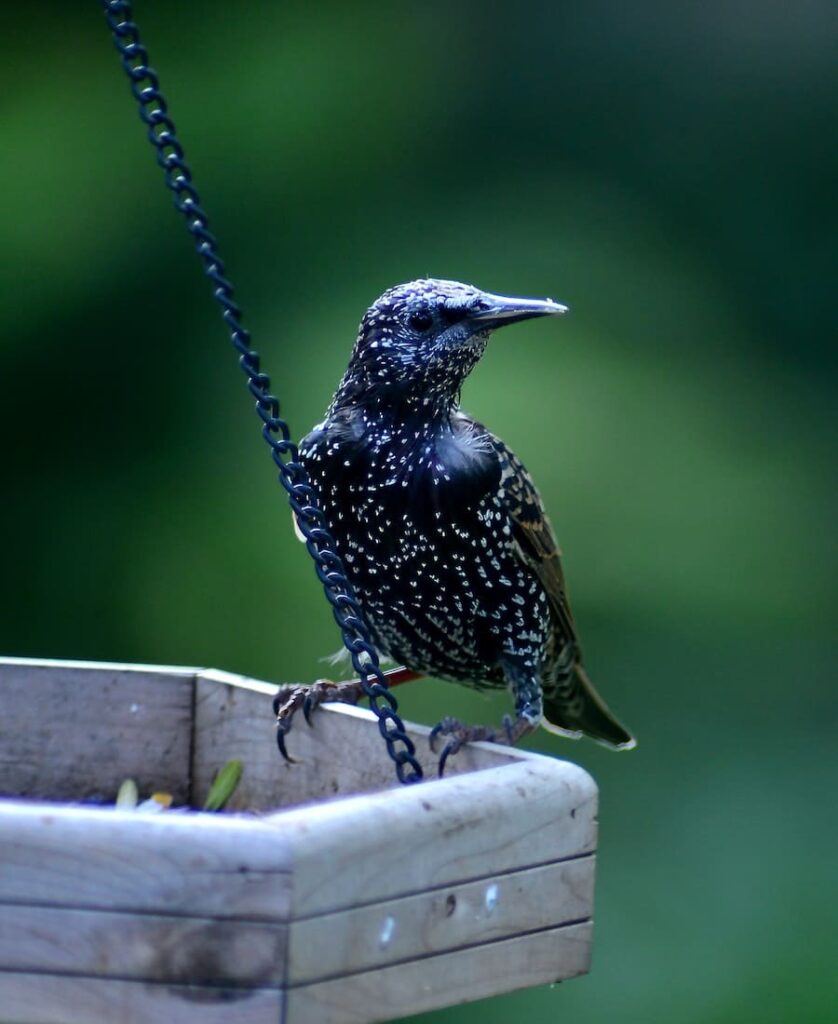
Starlings have a rich cultural and spiritual significance, making them a fascinating subject of mythology and symbolism. This section explores the symbolism of starlings and their significance in different cultures.
Spiritual Significance
In many spiritual traditions, starlings have spiritual significance and are seen as symbols of communication, intuition and change. They are often associated with the concept of unity, reminding us of the power of working together towards a common goal.
Native American folklore views starlings as sacred birds that act as messengers from higher realms or guardian spirits. In Egyptian mythology, starlings are believed to represent protection and fertility.
In Christian symbolism, starlings are sometimes associated with the Holy Spirit. This is because their ability to fly in large flocks represents the unity and harmony of the church. In some cultures, starlings are also seen as symbols of hope and renewal, as they are known to migrate long distances each year.
Cultural Interpretations
Starlings have been interpreted in various ways in different cultures throughout history. In ancient Celtic culture, starlings were seen as symbols of the Otherworld, the realm of the gods and spirits. They were also believed to be messengers from the dead, carrying messages between the living and the deceased.
In Chinese culture, starlings are associated with good fortune and happiness. They are often depicted in traditional paintings and artwork, symbolizing the beauty and harmony of nature. In Japanese culture, starlings are seen as symbols of loyalty and devotion, as they are known to mate for life.
In literature and art, starlings have been used as symbols of both positive and negative traits. In Shakespeare’s play “Henry IV,” starlings are used to represent the chaos and disorder of war. In contrast, in the poem
“The Starling,” by Gerard Manley Hopkins, the bird is used to symbolize the beauty and wonder of nature.
Overall, the symbolism of starlings is complex and multifaceted, with different interpretations and meanings in different cultures. However, one thing is clear: these birds have captured the imagination and curiosity of humans for centuries.
Contemporary Views on Starling Mythology
In contemporary times, starlings are not commonly associated with mythology, but they still hold a special place in the hearts of many people. Starlings are known for their beautiful and complex murmurations, which have been the subject of scientific research and artistic inspiration.
Scientists have studied the behavior of starlings in murmurations to gain insights into the principles of self-organization and collective behavior. Artists have been inspired by the mesmerizing patterns created by these birds, and have used them as a source of creative inspiration.
Despite the lack of traditional mythology surrounding starlings, they have still managed to capture the imagination of people around the world. Many people view starlings as a symbol of freedom and adaptability, as they are able to thrive in a wide range of environments and adapt to changing conditions.
In some cultures, starlings are also seen as a symbol of communication and social interaction. This is perhaps due to the fact that starlings are highly social birds that are known for their ability to communicate with each other through a complex system of vocalizations and body language.
Overall, while starlings may not have a rich tradition of mythology associated with them, they continue to be a source of fascination and inspiration for people in many different fields.

